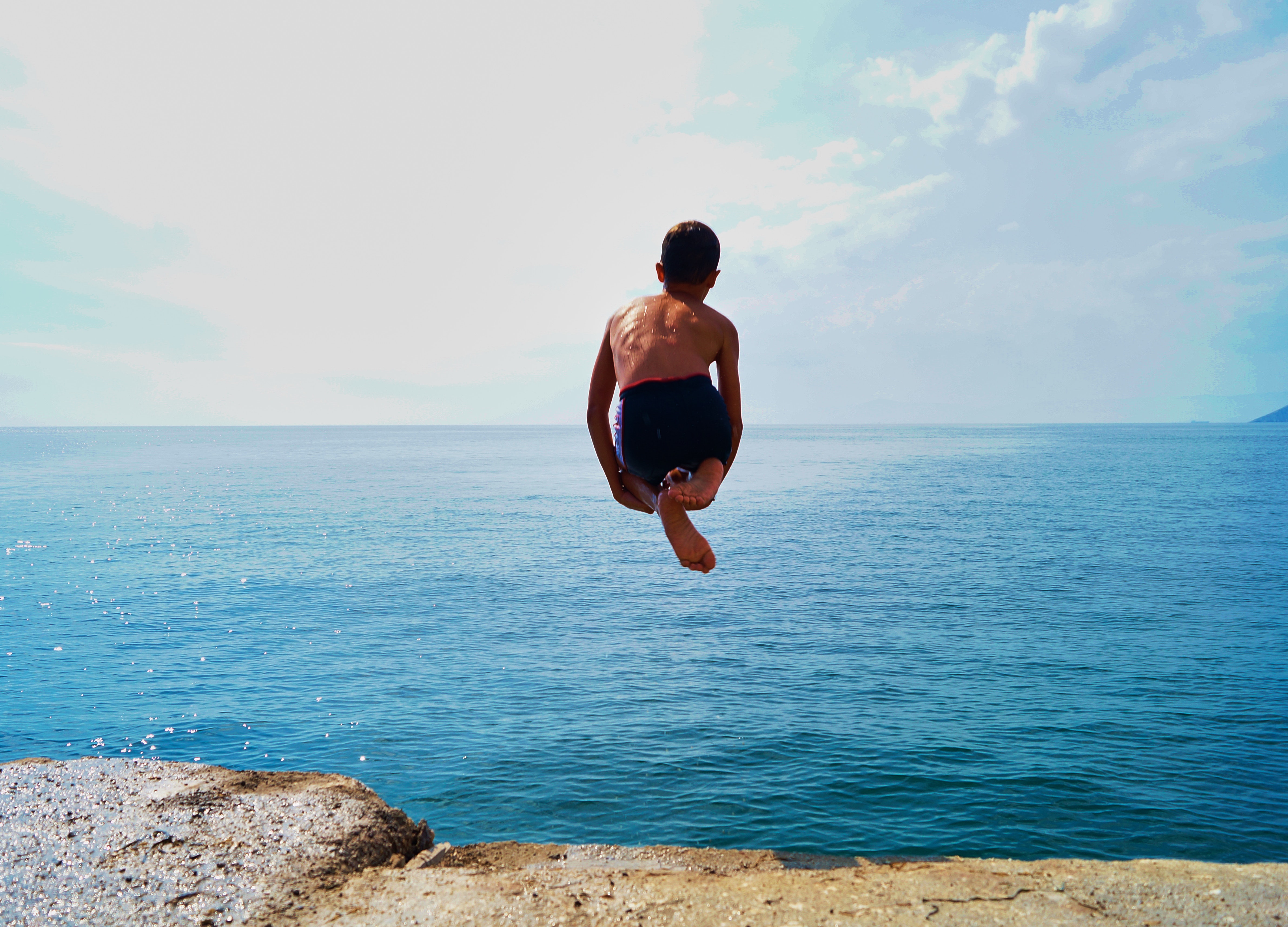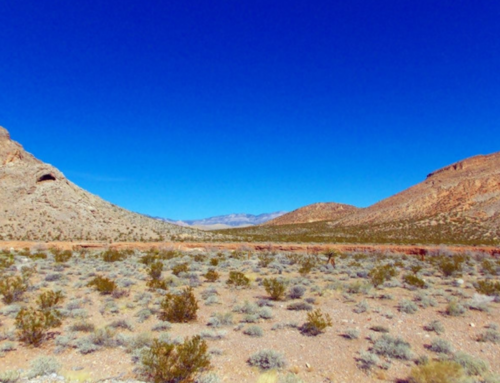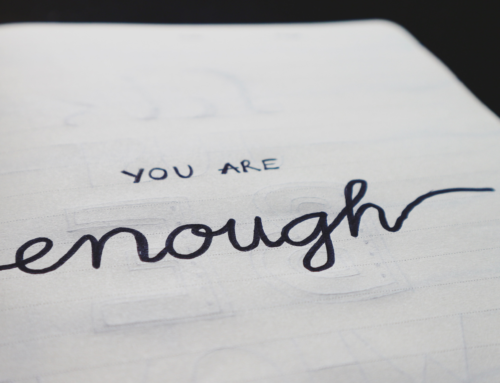I’ve been cliff jumping.
Just once.
It was the summer during college when I worked for a local youth camp. At the time diving off the vertical embankments of Lake Taneycomo was just the thing to do. A kind of hazing for the counselors I suppose.
So I did it.
I huffed and puffed my way up that steep Missouri hill overrun with tall oak trees. I used a tattered orange life jacket to push through the dense, knobby branches and cobweb-encrusted leaves along the dirt trail until I reached a six-foot clearing just before the ledge.
And there I stood.
I froze right there for what seemed like eternity.
As I stared over the edge out onto the water, I was entirely unprepared for the emotions of it all. For the fear, the trepidation, the overpowering and instantaneous angst.
I don’t know what I was expecting.
A cheap rush of adrenaline? A camaraderie building exercise between fellow counselors? A lively campfire story rehashed over burnt marshmallows stuffed into gooey chocolate-filled graham crackers?
What I got instead was a greater understanding of faith.
The emotions of faith, that is.
What Peter felt when he hung his feet over the edge of the boat. What Ananias felt when God told him to go pray for Saul. What Esther felt when Mordecai asked her to interrupt the king.
Faith of this magnitude, I have to tell you, is not safe.
An extreme sport we ought to call it. Because it feels very much like cliff jumping.
Hear me out on this.
When we arrive at the edge of a spiritual cliff with God, we cannot hide. We stand completely exposed to the wind, the water, the thirty-foot drop. Sure, if we want, we can retreat into some substitutionary comfort. We can step back. We can throw our hands up and plead ignorance or victimization.
But jumpers-in-training learn quickly these are not viable options. Relief is temporary. Reprieve an illusion. Grappling with the discouragement, defeat, even depression that arise while traipsing back down the mountainside can do far greater damage to the soul. After all, this journey never offers a luxury yacht from which we simply sail by like spectators.
Faith is a sport.
We are its players.
In the end, we all must jump.
So on that ledge we wait like poor Shakespeare’s Hamlet. With our minds teetering, tottering in spiritual indecision, we tell ourselves, do I jump or not jump? Do I step out in faith or let this moment pass me by?
The question is simple.
And so is the answer.
Nevertheless, Hamlet could tell us well that neither question nor answer divulges what we really want to know.
What we want is some shred of futuristic substance. Some bit of soothsaying wisdom that can convey what will happen if we do jump, if we do step out in faith. We cannot see down into the water. How deep it is. How far to the bottom. We cannot know what kind of creatures might be teeming just under its liquidy surface.
Jumping, therefore, comes at great personal risk. The kind of risk that raw and reckless faith requires. Because no matter how many others take the plunge before us, no matter how many times we have taken the plunge ourselves, in each and every moment of faith, there is always risk.
The feelings of risk, consequently, are the feelings of faith.
Good thing faith itself is not a feeling. On the contrary, faith is a choice.
A decision.
A determined stance deep within one’s spirit.
The Bible declares, “We live by faith and not by sight” (2 Corinthians 5:7 NIV). And not by the mind, the will or even the emotions that try to bully us in our cliff-jumping moments.
Our feelings might intrude like a pesky side-seat driver, but they do not have to be in control. We do not have to let them squeeze in beside us with hand on the wheel and feet hovering over the pedals.
What do we do with these feelings, then? How do we keep them from taking over when spiritual cliffs come our way?
Before I answer, let me first tell a story.
The story of Kahekili.
On the south shore of Lana’i, Hawaii is a ledge called Kahekili’s Leap. Named after King Kahekili II, the last independent chief of Maui, this steep rock face rises eighty feet above unbridled ocean waves.
According to legend, Kahekili daily practiced lele kawa (“cliff jumping”). He would leap off these rocks in attempt to face his fears, prove his bravery, perfect his form. Kahekili believed the physical and spiritual worlds were linked. At death, man’s spirit would travel to these same rocks and make a final jump. As it did, ancestors would greet the spirit and usher it into the glorious ancestral world.
So in life, Kahekili leaped.
And leaped often.
He even challenged his Nakoa (“brave fighters”) to leap as well until they too became a fierce, daring, mighty band of cliff-jumping, pagan warriors.
Kahekili, you see, understood something that we so often do not.
Every step of faith we take in this life will prepare us for that final leap of faith into eternity.
Kahekili did not want his last jump to be riddled with torment and fright. He did not want death to take him by surprise. Practicing lele kawa kept him ready for what was to come. And it can do the same for us too.
As we practice taking a step of faith, we are also preparing ourselves for the next faith step. And the next one. And the next one after that.
So the answer is quite simple.
In fact, no other viable answer except one exists for how to combat the negative feelings that make us want to shrink back from the cliff’s edge in fear.
Just jump.
Do it afraid. Do it in weakness.
Do it flailing, screaming, crying. With teeth clenched and knuckles white. Do it again and again and again and again until you find yourself getting comfortable with the uncomfortable.
Getting comfortable with the feelings of faith.
That’s what I did. That’s what I do.
Because someday I hope to die in the same way I live.
By faith. Not by sight.







Leave A Comment